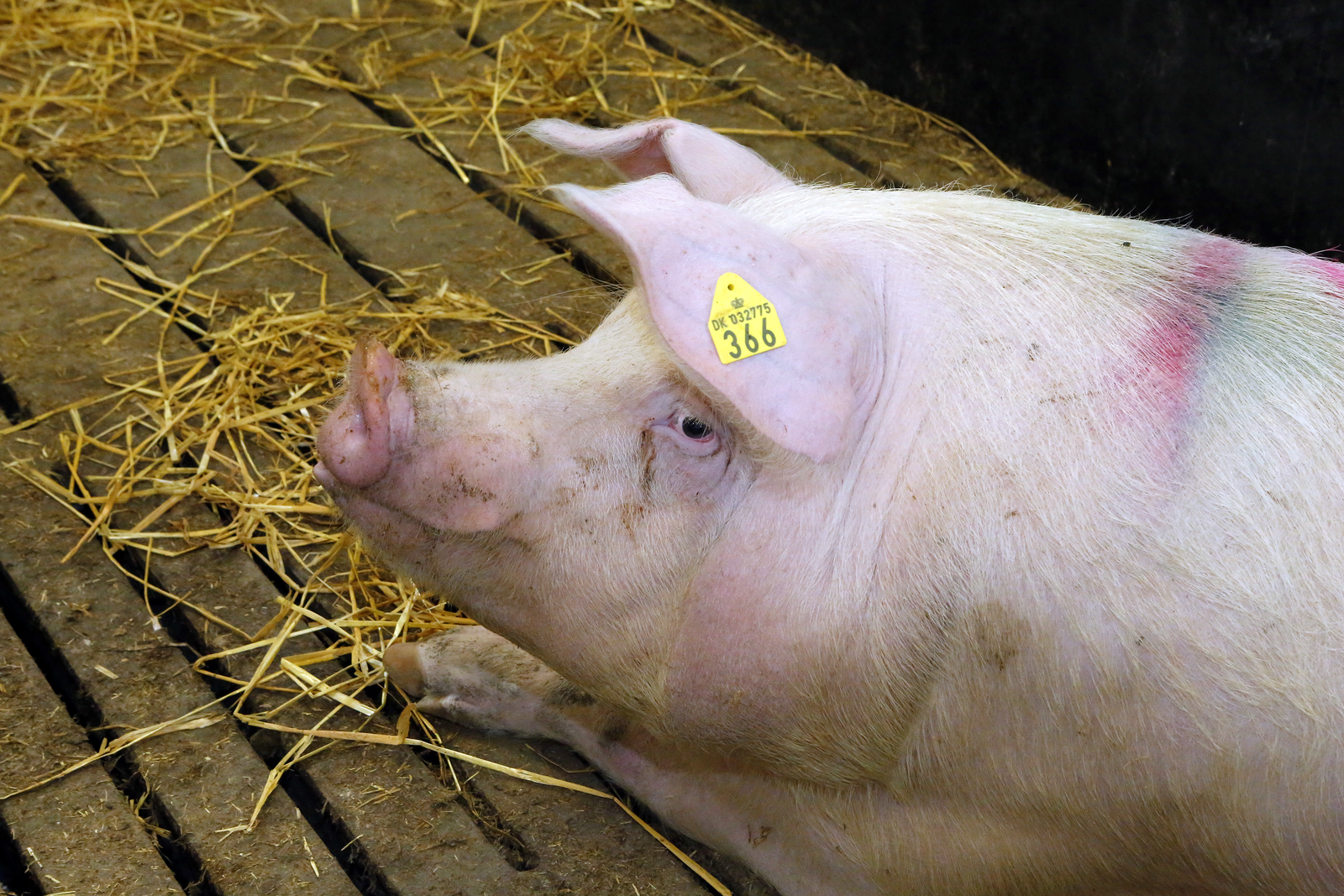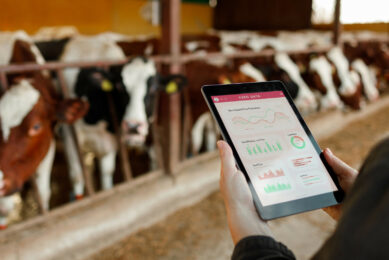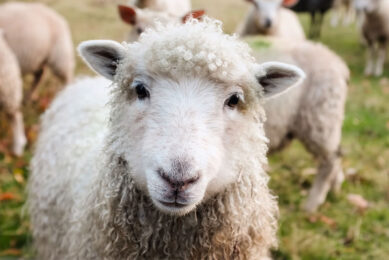Manage feed to maximise efficiency in pork production

Feed is the largest single cost of pork production, with dietary energy being the most costly component. A variety of measures are available to allow producers to understand current production and to make informed management decisions regarding feed.
John Patience, professor at Iowa State University, emphasised at the Banff Pork Seminar in January that feed conversion, or feed efficiency, can be a useful tool and that optimising feed efficiency contributes greatly to overall farm success. However, producers need to understand exactly what is being measured and how to interpret this data, otherwise costly mistakes can be made.
Definition of feed efficiency has changed over the years
Patience explained that the definition of feed efficiency has changed over the years, and producers can express feed efficiency in many different ways, but they need to ask themselves what question they are trying to answer and how they are going to use the information. What information do they need to make a management decision? Producers also need to understand what influences feed conversion and where the numbers come from in order to make appropriate management decisions. Feed efficiency, therefore, must be considered in the context of other performance and financial outcomes.
Patience discussed some of the factors that affect feed efficiency in more detail during his seminar:-
- Measuring feed efficiency: there are many ways in which feed efficiency can be measured, and the interpretation of results can be difficult. Production data that is included in calculations of feed efficiency can drastically change interpretation of results.
- Diet formulation and ingredient selection: Formulating according to least cost based on dollars per ton may minimise the cost of a given feeding programme but may not be sufficient with respect to energy and feed efficiency. When examining ingredient cost, it is important to consider both the changing cost per unit of energy within an ingredient as well as the changing price relationships among ingredients.
Patience noted that “selecting for feed efficiency can be problematic, as it can result in animals with poor feed intake and thus slower growth.
Patience said, “even modest improvements in feed efficiency can be highly beneficial to net income,” but producers must ensure that the cost of these improvements does not outweigh the potential benefits. It is important to remember that achieving the most economical feed efficiency may not always translate to the best growth performance. Feed efficiency must not be analysed in isolation, and an understanding of what influences this value is critical for making informed management decisions.
Check out the Special Meeting Report of the 2015 Banff Pork Seminar here.











